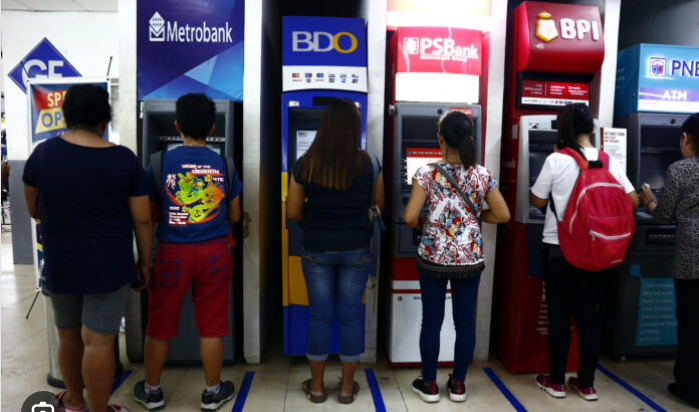Banking institutions maintained steady loan standards for both businesses and consumers during the third quarter of 2024, ensuring economic stability, as well as business continuity and growth, according to the latest Senior Bank Loan Officers’ Survey (SLOS).
The survey, which gathers insights from 52 out of 60 surveyed banking institutions, indicated stability in credit practices, although a closer look reveals a nuanced picture with signs of net tightening in specific areas.

Other banking trends: Maintaining credit standards
In a media advisory, the Bangko Sentral ng Pilipinas (BSP) also revealed the following results:
1) Loans to enterprises — a significant majority of banks (80.4%) reported no change in credit standards for business loans, marking a slight decline from 87.0% in the previous quarter. Despite this overall steadiness, the diffusion index (DI) method, which considers the proportion of banks tightening versus easing credit standards, pointed to a net tightening trend.
This tightening was primarily due to a perceived deterioration in borrowers’ profiles and reduced profitability within banking institutions’ loan portfolios. Looking ahead to Q4 2024, the modal approach suggests that 90.2% of banks expect to keep business loan standards unchanged.
However, the DI method indicates a continued net tightening, driven by similar concerns over borrowers’ profiles, profitability, liquidity issues, stricter financial regulations, and a decreased risk tolerance.

2) Loans to households — similarly, 80.0% of banking institutions surveyed maintained their lending standards for household loans in Q3 2024, down slightly from 84.2% in the previous quarter.
The DI approach revealed a net tightening of credit standards, attributed to declining borrower profiles, lower bank profitability, and increased risk aversion.
For the upcoming quarter, most banks (82.9%) foresee stable household loan standards according to the modal approach. The DI method aligns with this outlook, predicting unchanged lending standards based on stable borrower profiles and consistent risk tolerance levels.
Shifts in loan demand
1) Loans to enterprises — the demand for business loans remained largely steady, with 72.5% of banking institutions reporting no change, a slight increase from 72.2% in Q2 2024.
Despite this stability, the DI method showed a lower net increase in demand compared to the previous quarter. The slight uptick in demand was attributed to higher inventory and accounts receivable financing needs, along with a generally optimistic economic outlook.
For Q4 2024, most banking institutions (56.9%) anticipate unchanged loan demand from businesses, while the DI method projects a net increase in demand driven by continued needs for inventory and accounts receivable financing.
2) Loans to households — demand for household loans saw a minor decline in the percentage of banks reporting unchanged demand (57.1%) compared to Q2 2024 (57.9%).
However, the DI method indicated a higher net increase in demand, fueled by more attractive financing terms and increased household consumption.
Looking ahead, 60.0% of banks expect steady household loan demand, while the DI method forecasts a net increase, driven by anticipated higher household consumption and favorable lending terms.
In another advisory shared earlier this year, the BSP also said that the banking sector, including insurance companies and the entire financial services sector, is now undergoing a significant transformation driven by the need to deliver hyper-personalized, data-driven experiences to meet rapidly evolving customer expectations.
SLOS: Survey methodology and insights

The SLOS gathers banks’ perceptions of credit standards and factors affecting loan supply and demand. The modal approach focuses on the most frequent response among tightening, easing, or unchanged standards.
In contrast, the DI approach calculates the net proportion of banks tightening versus easing standards. The Q3 2024 survey, conducted from September 10 to October 15, achieved an 86.7% response rate.
The survey results align with broader economic sentiments captured in other Bangko Sentral ng Pilipinas (BSP) surveys.
The Business Expectations Survey (BES) highlighted firms’ positive outlook due to factors like increased demand for goods and services, easing inflation, and seasonal business activities.
Similarly, the Consumer Expectations Survey (CES) noted improved consumer sentiment driven by higher expected incomes, better job prospects, and more income sources.
In summary, while most banks kept their loan standards unchanged in Q3 2024, underlying indicators point to a cautious tightening, particularly in response to borrower profiles and financial conditions.
As the year progresses, banks remain vigilant, balancing stability with a readiness to adapt to evolving economic conditions.

